Adding a second dog to your family is a big decision with exciting opportunities and potential challenges. It’s important to weigh the benefits and drawbacks before committing. Here are 15 reasons why you should (and shouldn’t) consider a second furry friend to help you decide if this is the right choice for you and your current pooch.
1. Double the Love and Companionship
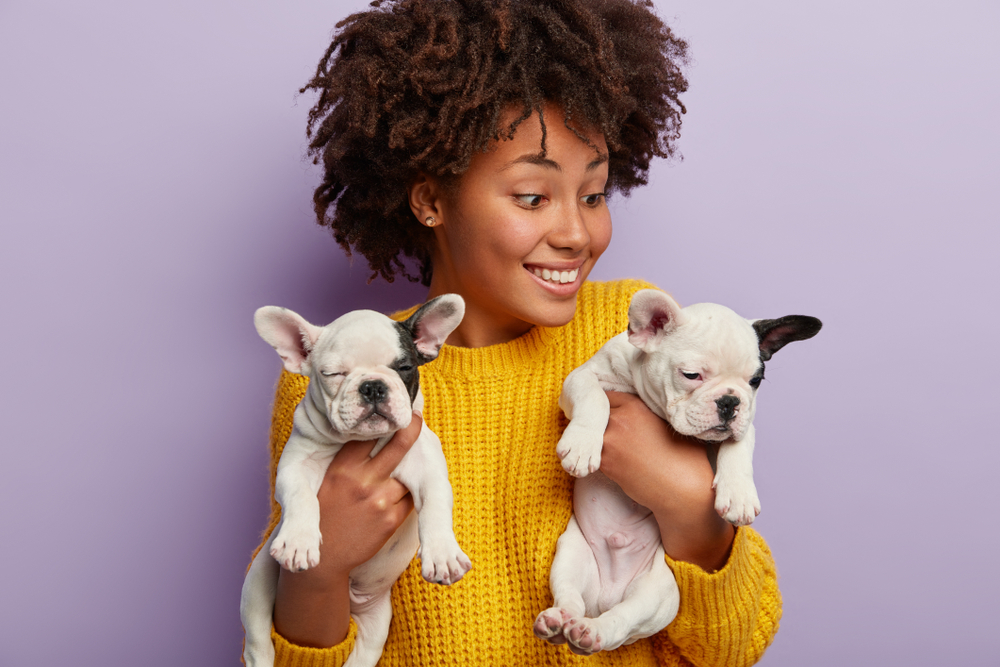
Adding a second dog to your home can double the amount of love and companionship in your life. Dogs are social animals, and having a buddy around can significantly enrich their lives. According to the American Kennel Club, dogs often thrive with a companion to play and bond with, especially if they’ve grown up around other dogs. A second dog can provide comfort and companionship to your current dog, potentially reducing separation anxiety when you’re not around. It can also mean more fun playing games, more cuddles, and even more wagging tails to greet you at the door.
However, double the companionship also means double the responsibility. You will need to invest more time in caring for and training two dogs, which could be demanding if you have a busy schedule. There are also financial considerations; vet bills, food, grooming, and other expenses will naturally increase. It’s essential to evaluate if you’re ready for these additional responsibilities and whether you can maintain the quality of care both dogs deserve.
2. Double the Joy (and Chaos) of Playmates
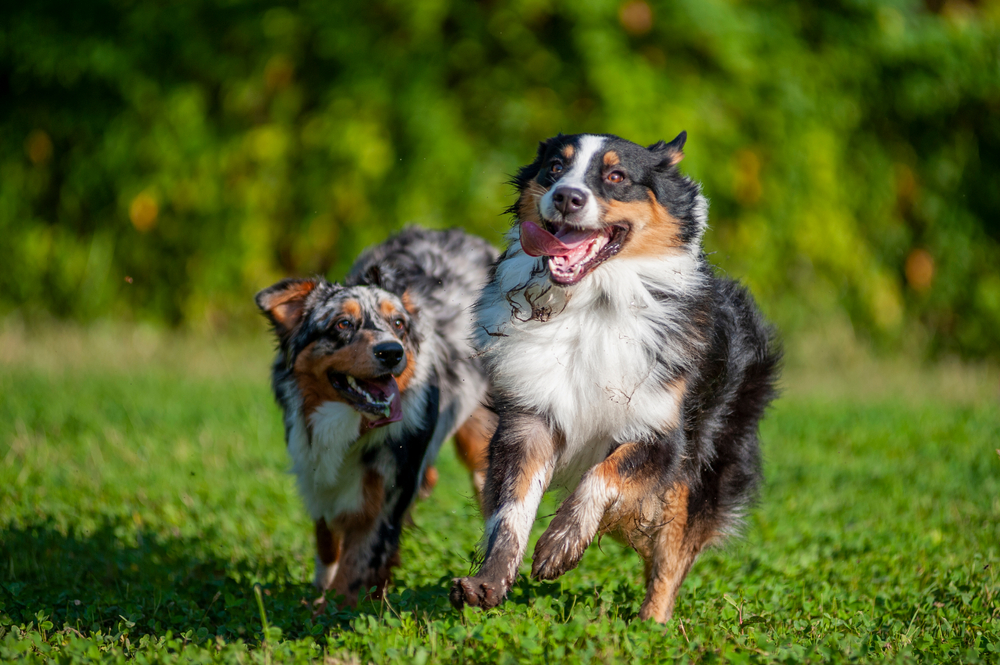
One of the most delightful reasons to get a second dog is to provide a playmate for your current pooch. According to Take The Lead K9 Training, dogs, especially those with high energy levels, can benefit greatly from having another dog to romp around with. Imagine them chasing each other in the yard or wrestling playfully in the living room—it can be a heartwarming sight. Having a playmate can reduce boredom and destructive behaviors often caused by excess energy. This interaction can be beneficial for their mental and physical health, as regular play can stimulate their minds and bodies in ways you may not be able to.
However, introducing a playmate can also introduce a bit of chaos into your home. Dogs may not always get along perfectly, and it might take time for them to establish a harmonious relationship. There could be territorial disputes or jealousy over toys and attention from you. Supervising their interactions initially is crucial and being prepared for some rough patches as they learn to coexist. If patience and guidance are part of your plan, this reason might be more of a pro than a con.
3. Double the Training Opportunities

According to SpiritDog Training, having two dogs can open up a world of training opportunities that can be both rewarding and challenging. On the positive side, training a pair can be an excellent way to reinforce commands and instill good behavior in both dogs. The new dog can learn from your existing dog’s good habits, and they can motivate each other to follow commands. Training sessions can become a fun bonding experience for all involved, and the presence of another dog can make learning new tricks and commands more like a game than a chore.
On the flip side, training two dogs can also be twice as hard. They may distract each other, making it more difficult to focus on you and the task at hand. This could result in one dog picking up bad habits from the other, complicating the training process. Consistency and patience will be key in training two dogs at once. For those who enjoy a challenge and have the time to commit to it, this can be an exciting and fulfilling endeavor, but it’s necessary to go in with realistic expectations.
4. The Security of Pack Mentality
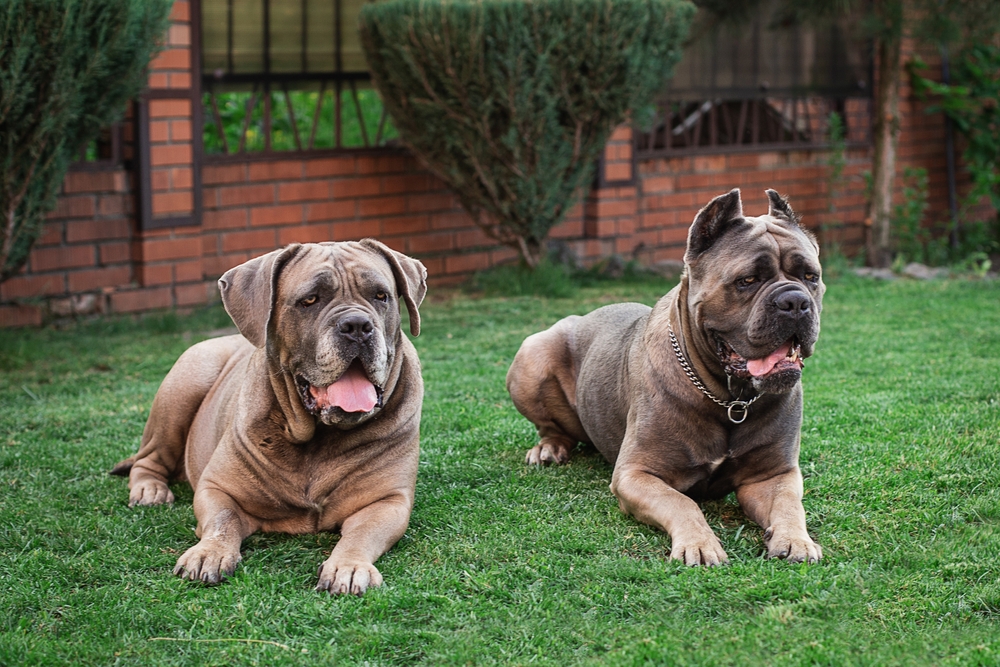
Dogs are naturally pack animals, and having a second dog can create a sense of security for both of them. They may feel more relaxed and less anxious when they know they have a companion nearby. This sense of belonging can improve their overall emotional well-being and make them more confident in new situations. They may also become more protective of each other, creating a strong bond between them.
However, pack mentality can sometimes lead to problems. Dogs may develop a “pack versus the world” mindset, which can result in territorial behavior or aggression toward other dogs or people. They may also become overly dependent on each other, making it harder to separate them when needed. Careful training and socialization will help ensure that their bond is positive rather than problematic.
5. Twice the Fun, Twice the Mess
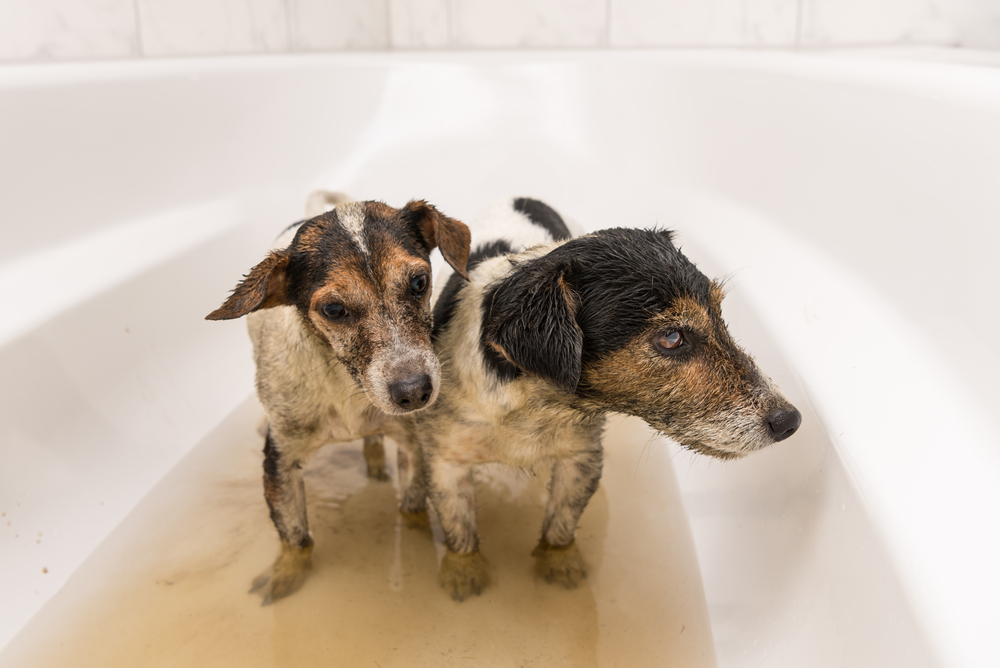
More dogs mean more fun—but also more mess. Two dogs can create twice the chaos, from muddy paw prints on the floor to fur-covered furniture. You’ll need to double your efforts when it comes to cleaning, grooming, and general upkeep. Keeping up with two sets of needs can be overwhelming if you’re not prepared for the added workload.
On the flip side, more mess often means more memories. The joyful chaos of two dogs playing together or snuggling up at the end of the day can be worth the extra effort. Investing in good cleaning tools and establishing routines can help manage the added work. It’s all about finding a balance that works for you.
6. Double the Opportunities for Socialization
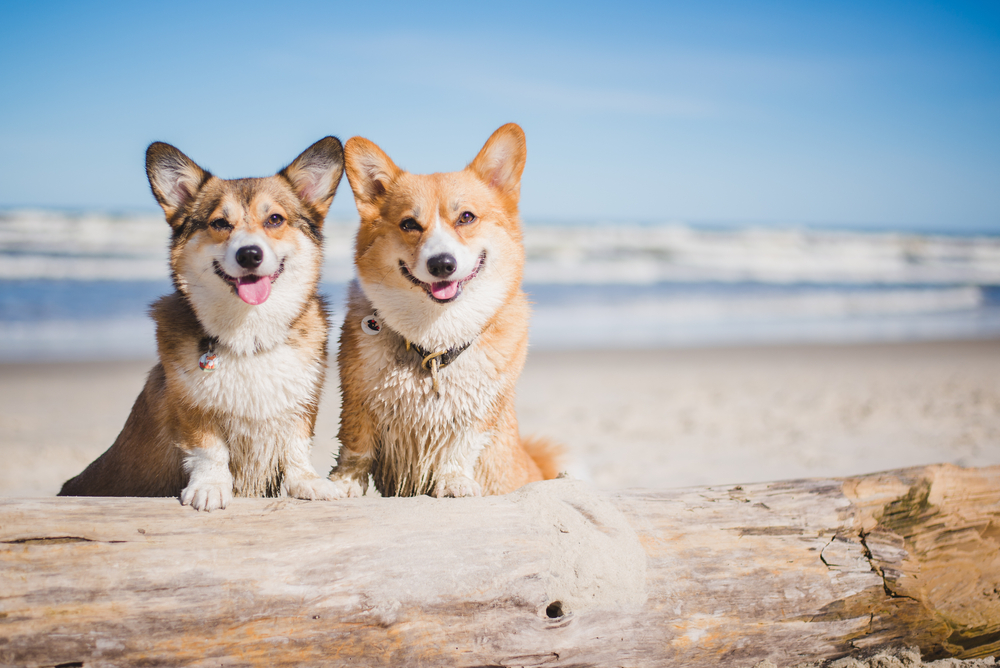
Having two dogs means automatic socialization for both of them. They’ll learn to communicate better, establish boundaries, and adapt to different personalities. This can make them more comfortable around other dogs and people, improving their overall behavior. Well-socialized dogs tend to be happier and less reactive in new situations.
However, socialization isn’t always smooth sailing. Dogs can develop bad habits together, like barking at strangers or competing for attention. It’s essential to introduce them to new environments and experiences consistently. Positive reinforcement and careful training can help build their confidence without encouraging negative behaviors.
7. Double the Energy
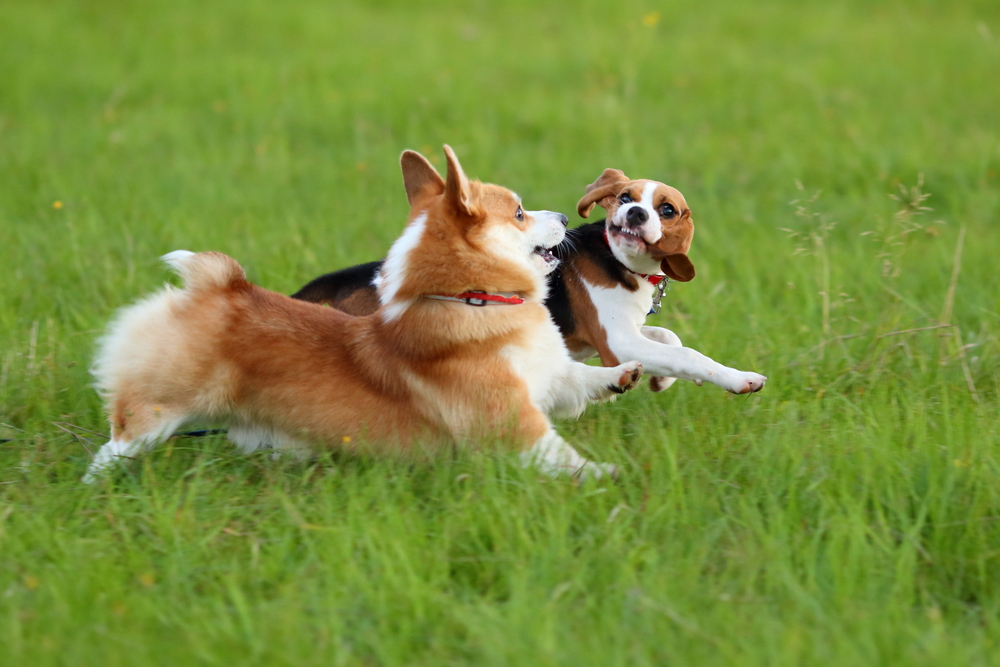
A second dog can bring a whole new level of energy into your home. The playful nature of two dogs interacting can make your home feel livelier and more joyful. They can entertain each other when you’re busy, reducing the pressure on you to be their constant source of stimulation. A house filled with happy barking and tail-wagging is hard to beat.
But more energy also means more noise and activity. Dogs playing together can lead to barking, running, and the occasional knocked-over lamp. Establishing boundaries and training early on will help maintain harmony in your home. The key is to embrace the energy without letting it overwhelm you.
8. Double the Costs and Commitments
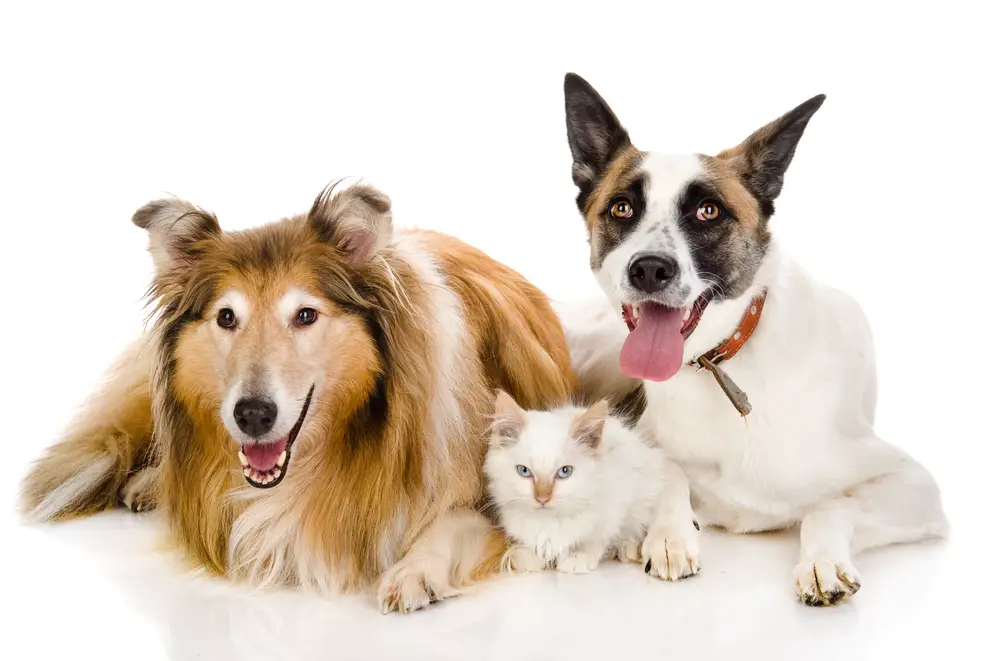
Two dogs mean higher expenses across the board. Double the food, double the vet bills, and double the grooming costs can quickly add up. You’ll also need to budget for toys, leashes, training classes, and other necessities. Financial strain can take some of the joy out of having a second dog if you’re not prepared.
That said, the emotional rewards can make it all worthwhile. If you’re financially prepared, the love and companionship of two dogs can more than balance out the added cost. Planning ahead and setting aside a pet fund can help ease the financial burden. Ultimately, it’s about knowing what you’re getting into.
9. Double the Emotional Support
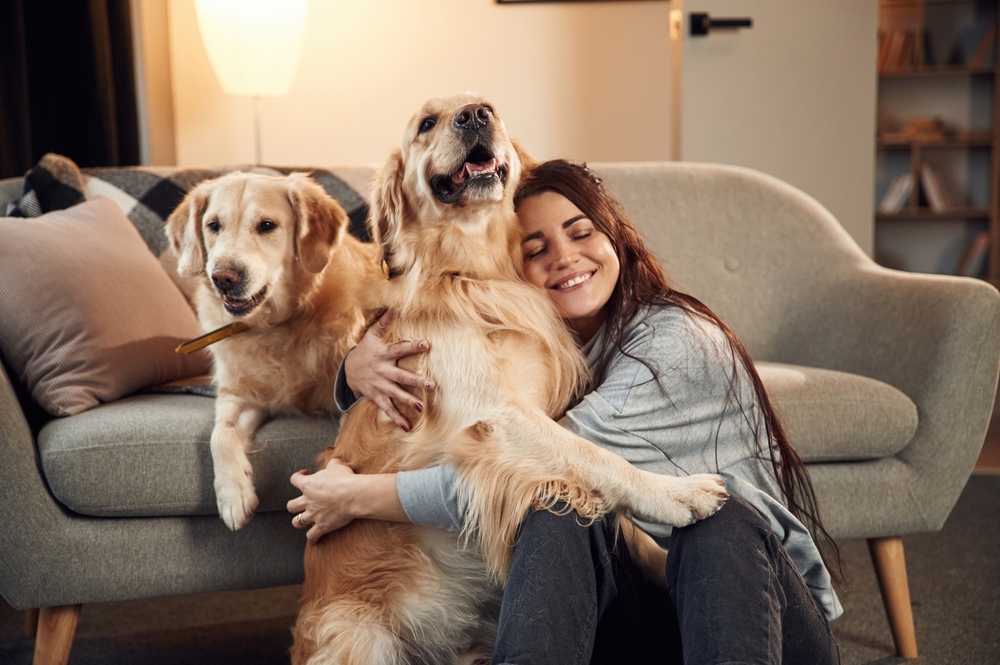
Having two dogs means double the love and emotional support. They can comfort each other during stressful times and provide you with a constant source of affection. Knowing that your dogs have each other when you’re not around can also give you peace of mind. Their companionship can enhance your overall emotional well-being.
But remember, dogs are not a replacement for human connection. It’s important to maintain your own emotional balance and not rely solely on your dogs for support. A healthy bond with both your pets and the people in your life will create a more stable environment.
10. Double the Memories
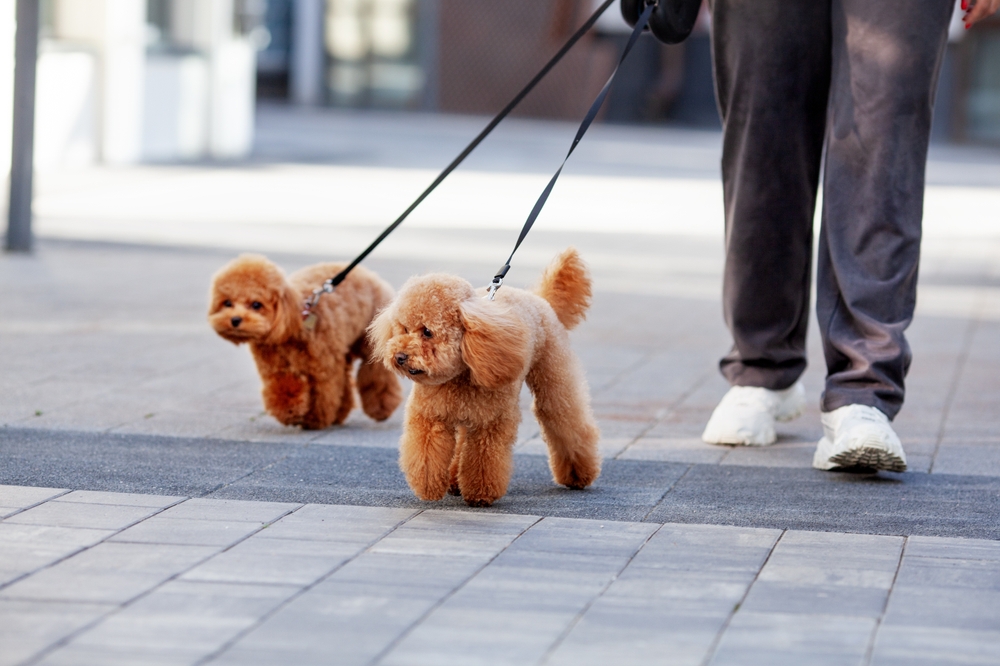
With two dogs, the potential for unforgettable moments increases. Double the tricks, double the playtime, and double the adorable sleeping poses. You’ll have twice the stories to tell and twice the cute photos to share. The bond you build with your dogs can create a lifetime of cherished memories.
But those memories don’t come without work. The challenges of raising two dogs can test your patience and commitment. However, the joy and love they bring into your life can make every effort feel worthwhile.
11. The Joy of Expanding Your Family
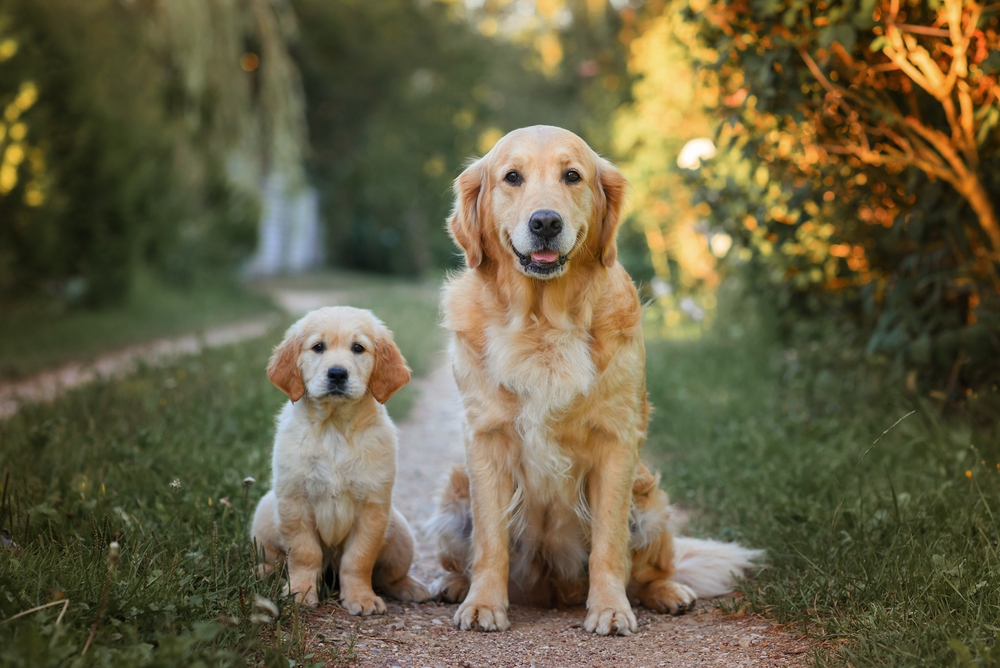
Bringing a second dog into your home can truly make it feel like you’ve expanded your family. The new addition creates a more lively and dynamic household, filling quiet moments with playful energy and comforting companionship. Watching your two dogs form a bond can be deeply rewarding, especially when they curl up together after a long day of play. They’ll keep each other entertained and create a more engaging and loving atmosphere at home. The excitement of seeing them develop their own friendship is hard to match.
However, expanding your family comes with its own set of challenges. The adjustment period may involve some jealousy or competition for attention, which could create tension between the dogs. You’ll need to ensure that both dogs feel equally loved and valued to prevent resentment from forming. Creating individual bonding time with each dog while also encouraging positive interactions together can help create a balanced and harmonious household.
12. Double the Risk of Overwhelming Your Current Dog
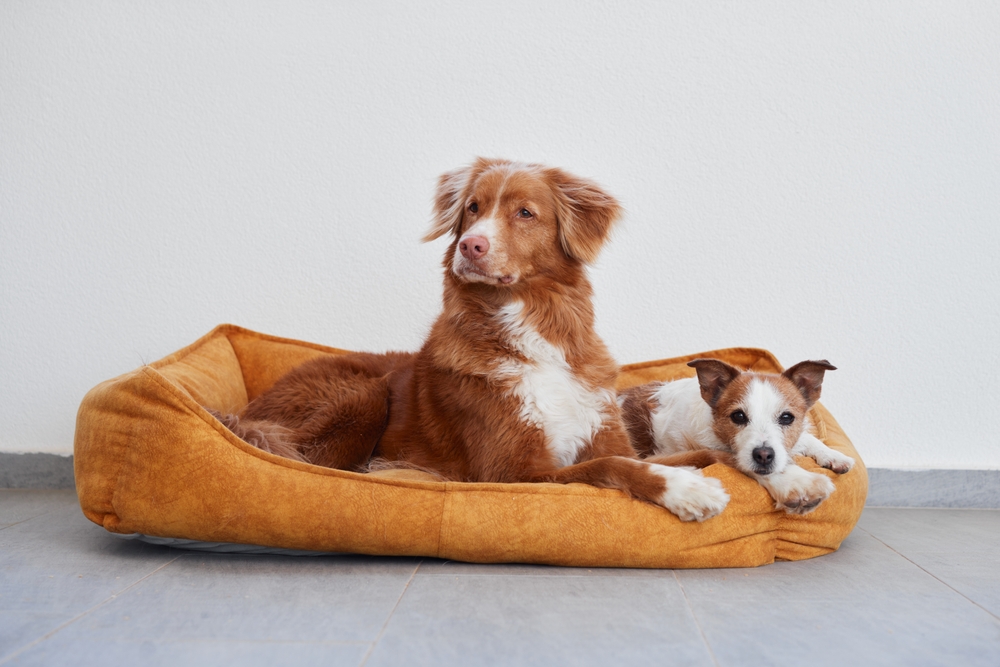
Your current dog might not be thrilled about sharing their territory or your attention with a new dog. Some dogs are naturally more independent or sensitive, and the sudden arrival of a second dog could cause stress or behavioral changes. It’s not uncommon for an older or more dominant dog to become territorial when a new dog enters the home. This could lead to snapping, growling, or even withdrawal as they try to adjust to the shift in dynamics.
To avoid overwhelming your current dog, introduce the new addition gradually and in a neutral environment. Give your first dog plenty of reassurance and alone time with you to reinforce that they’re still a top priority. Monitor their body language closely to catch any early signs of tension. Patience and gentle reinforcement will help them develop a positive relationship at their own pace.
13. Expanding Your Own Knowledge as an Owner
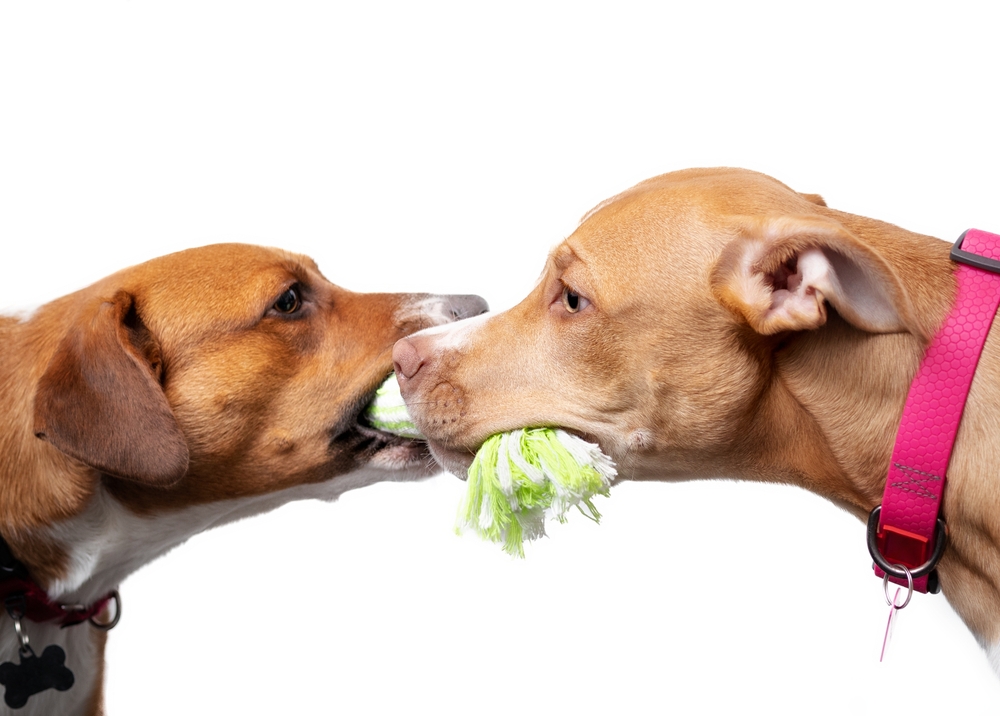
Having two dogs will make you a more experienced and knowledgeable dog owner. Training, feeding, and managing two different personalities can sharpen your understanding of canine behavior and communication. You’ll learn to recognize different cues, body language, and social interactions between dogs. This deeper understanding can make you more confident in handling behavioral issues and creating a stable, happy environment.
However, this learning curve can be steep. Every dog is different, and what worked for one may not work for the other. You might find yourself adjusting training methods and schedules to accommodate both dogs’ needs. While it can be frustrating at times, the insights and experience you gain will make you a more capable and intuitive pet parent in the long run.
14. Potential Behavioral Challenges
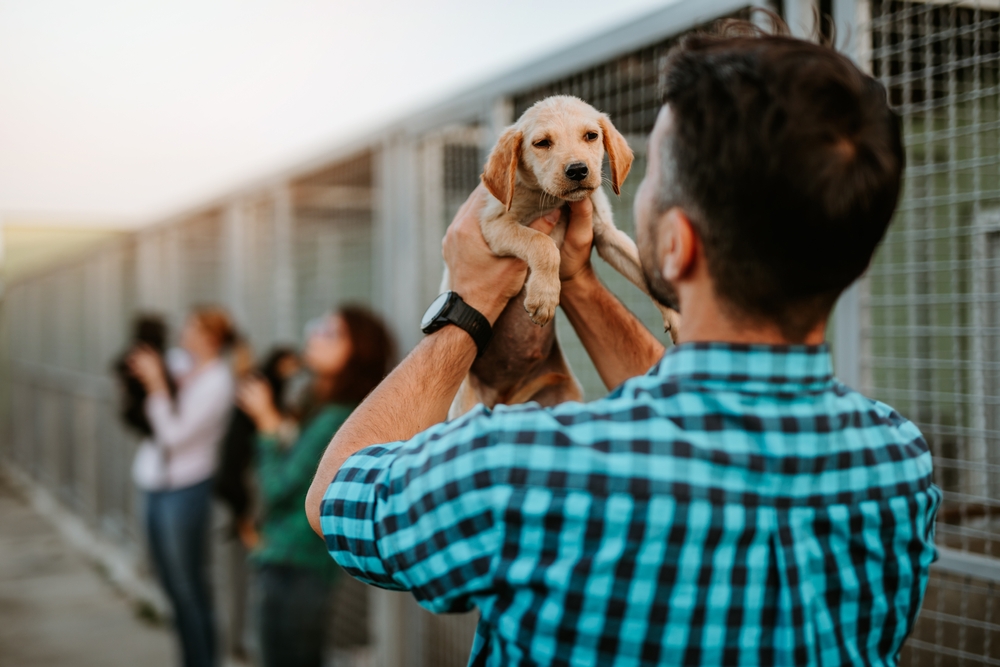
Introducing a second dog can trigger unexpected behavioral issues. Your current dog may start exhibiting jealousy or possessiveness, while the new dog might develop bad habits as they adjust to the new environment. Barking, chewing, and guarding behavior are common when a dog feels insecure or competitive. The change in household dynamics can create stress, which might lead to behavioral regression in even the most well-trained dogs.
Consistency and structure are key to managing these challenges. Establish clear rules and boundaries for both dogs from the beginning to avoid confusion and competition. Positive reinforcement and plenty of exercise can help channel their energy in a productive way. Remember, behavioral issues are often temporary as both dogs adjust to their new roles within the household.
